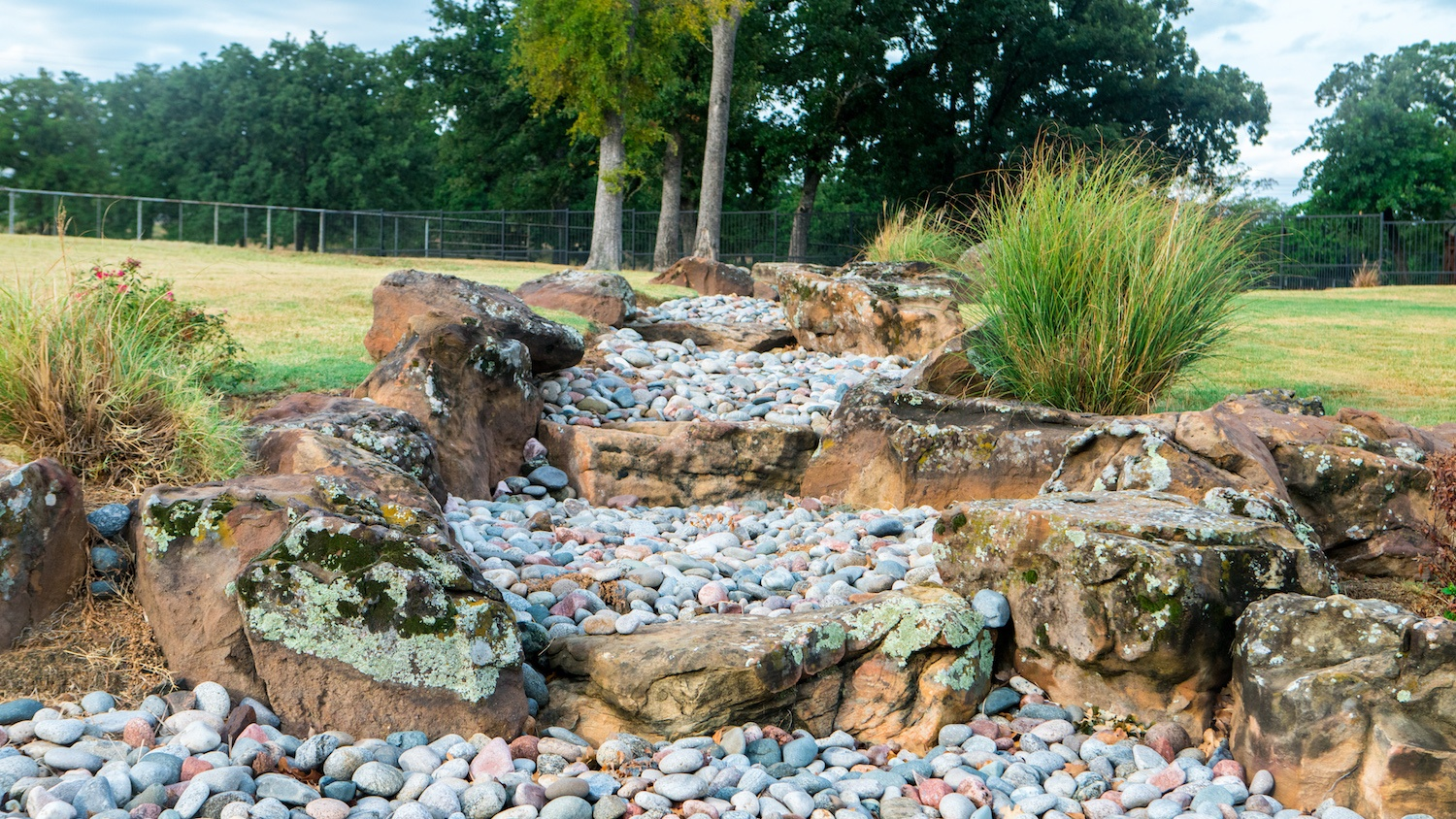
As the interest in low-maintenance landscapes continues to grow, more homeowners are looking for ways to make their properties attractive without adding a ton of work. Rock gardens can be the ideal addition to any North Texas landscape.
Of course, rock gardens won’t be suitable for all plants, so you might be wondering what plants are good for a rock garden.
In this article, we’ll dive into what rock gardens are all about and what native rock garden plants will work in Texas.
A rock garden is any garden that uses rocks as a primary element. Sometimes a rock garden is part of a garden…meaning that you might have some areas with traditional plant beds that include mulch but this might spill into other areas with just rock. Rocks, stones, and gravel can all be elements of a rock garden.
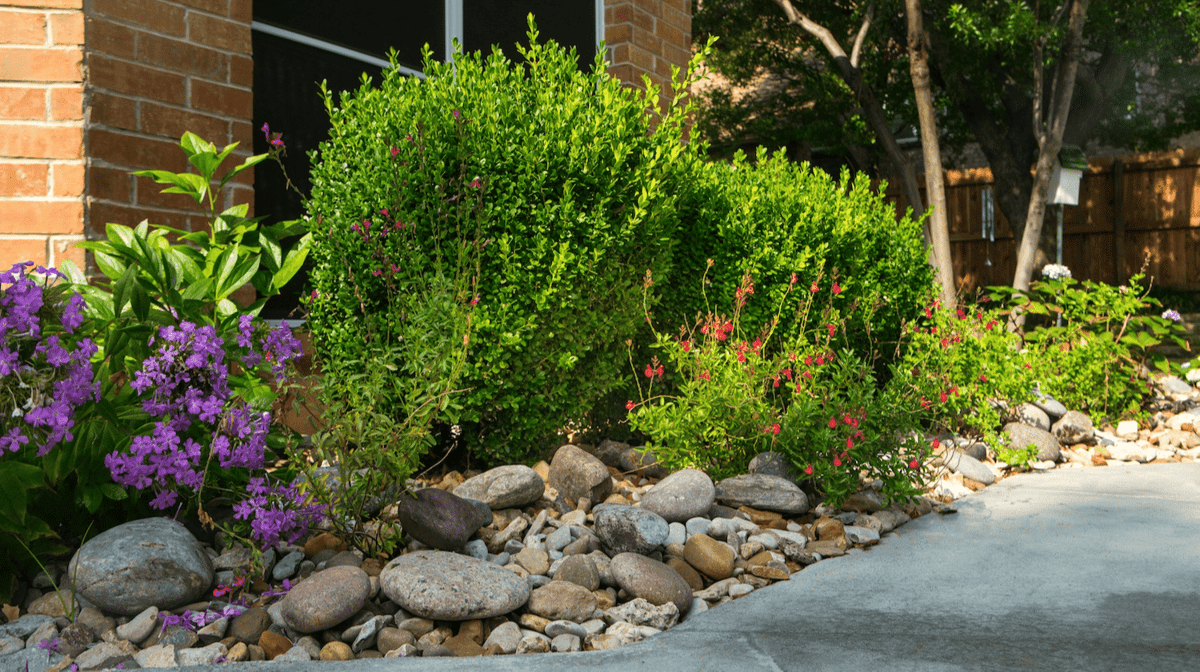
While we know that people love rock gardens for their low to no-maintenance appeal, they can pose challenges in terms of growing plants. Unlike mulch, which is conducive to growing any plant, rocks will limit you.
In fact, we wrote an entire article about stone vs. mulch for plant beds that you might want to read in more depth if you’re on the fence about a rock garden.
The general idea to keep in mind is that while stone doesn’t require ongoing replacement like mulch, it does limit what you can grow in a plant bed. Whereas mulch breaks down and contributes nutrients to your soil, the stone will not offer benefits to your plant material.
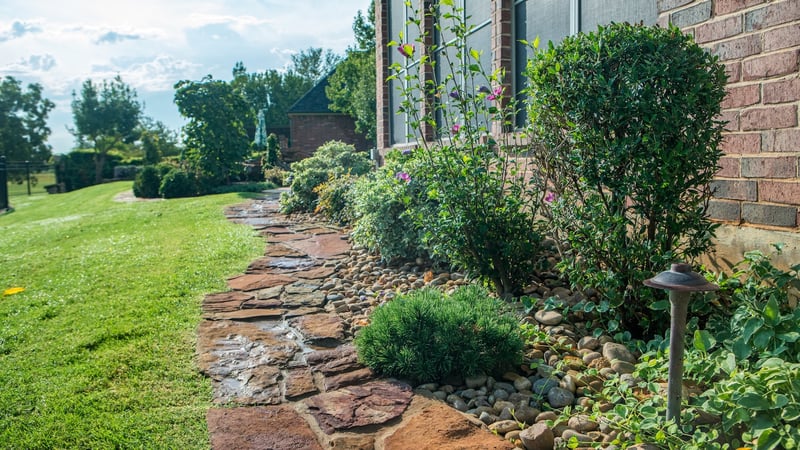
In fact, rocks (especially darker ones) can really raise the soil temperature of your beds, which won’t work for every plant.
Although not every plant can adapt to a rocky environment, there are some choices that will work. You’ll need a drought-tolerant plant that can deal with the higher temperatures of your soil.
Here are our 6 top choices for native plants for rock gardens.
Choosing the right plants for your rock garden will be a key to success. Here are some of the ones that we use most often. They are beautiful and hardy choices.
These vibrant plants produce red blooms, just like the name implies. They are an appealing choice for hummingbirds and tend to grow as dense, clumping plants. They are native to southern Texas but grow well in North Texas, too.
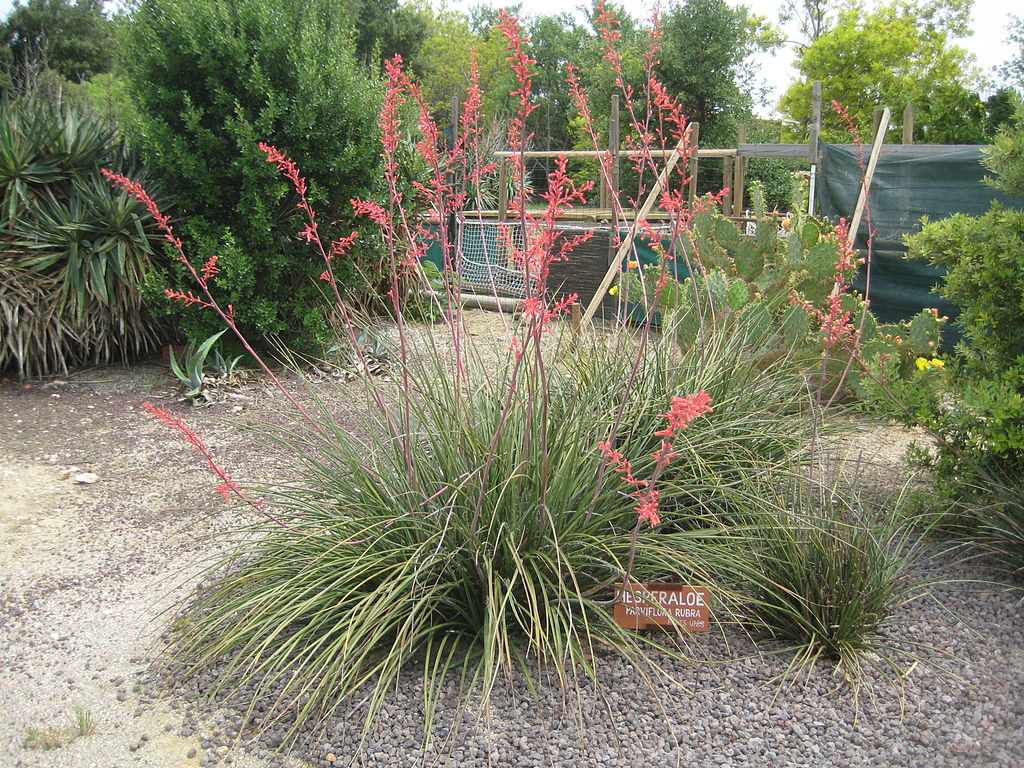
This plant can easily adapt to warm climates and therefore makes a good choice for rock gardens (and container gardens, too). It does best in well-drained soil with full sun and does not need a lot of extra water.
This popular sage is known for its silvery foliage and purple flowers. And of course, just as the name says, it is native to Texas. Besides being drought-tolerant, it is an overall low-maintenance choice that will work well for a rock garden.
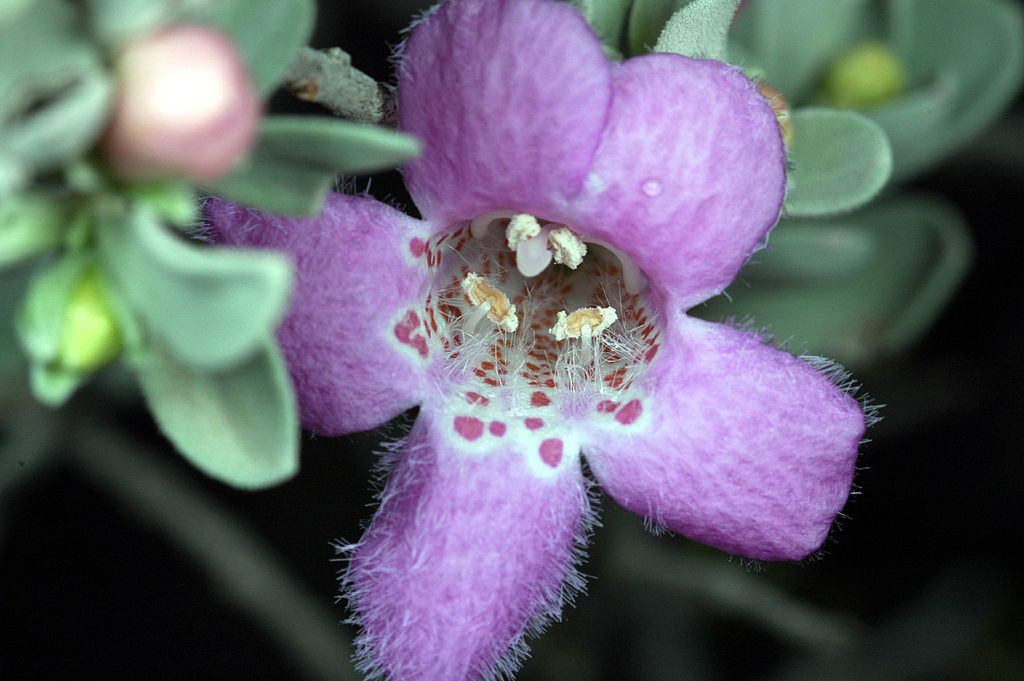
This perennial grass is named for its spiky flowers that cascade from its base, much like a fountain. It has a fast growth rate and can perform well in dry, rocky conditions, making it suitable for your rock garden.
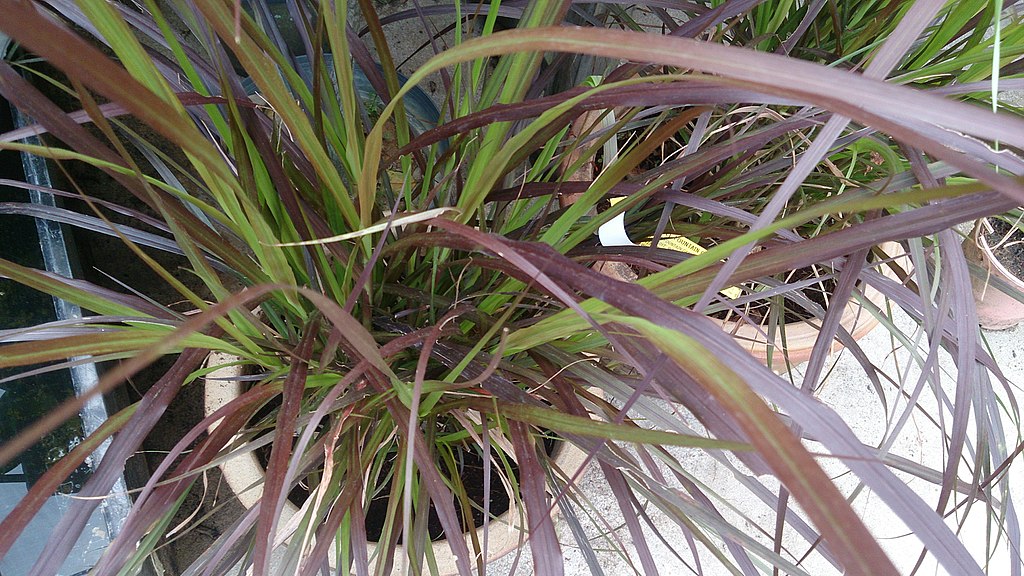
We love the shapely form that purple fountain grass can add to a rock garden. It is a “showy” plant that tends to garner a lot of attention. This proves that native plants for rock gardens are anything but boring!
This Texas native is appreciated for being drought- and heat-tolerant. It features showy clusters of flowers and is known to attract birds and butterflies. It can work well as a border planting or in large groups.
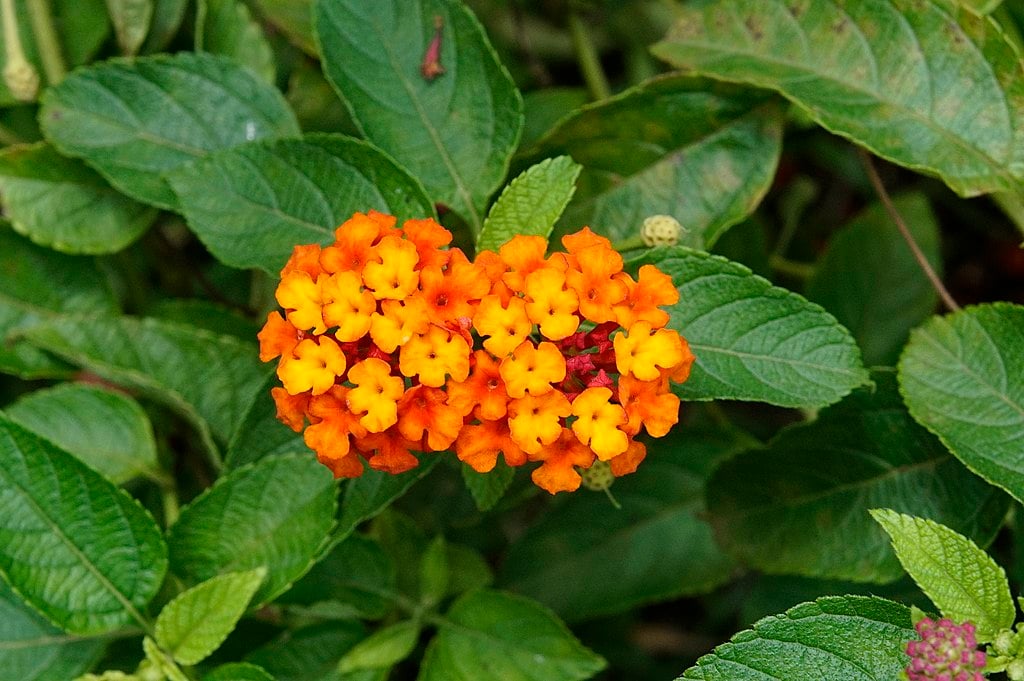
Homeowners also appreciate that Lantan has a long bloom time. It also comes in a variety of colors.
This is another excellent choice for native plants for rock gardens. It is a highly drought-tolerant ornamental grass that can work really well in a grouping. We find that they work well as a background planting to other smaller plants.
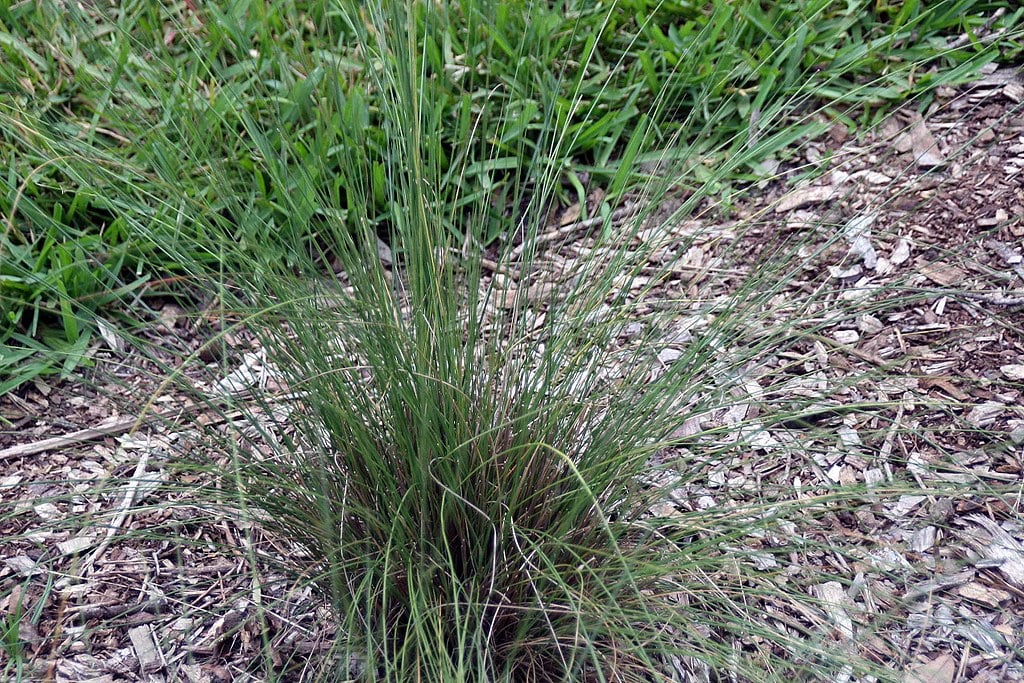
Gulf Muhly Grass is also known to provide a habitat for pollinators.
This plant produces blue-green, spear-shaped leaves that have a weeping effect as they grow. It blooms with white cluster flowers in stalks as tall as three feet.
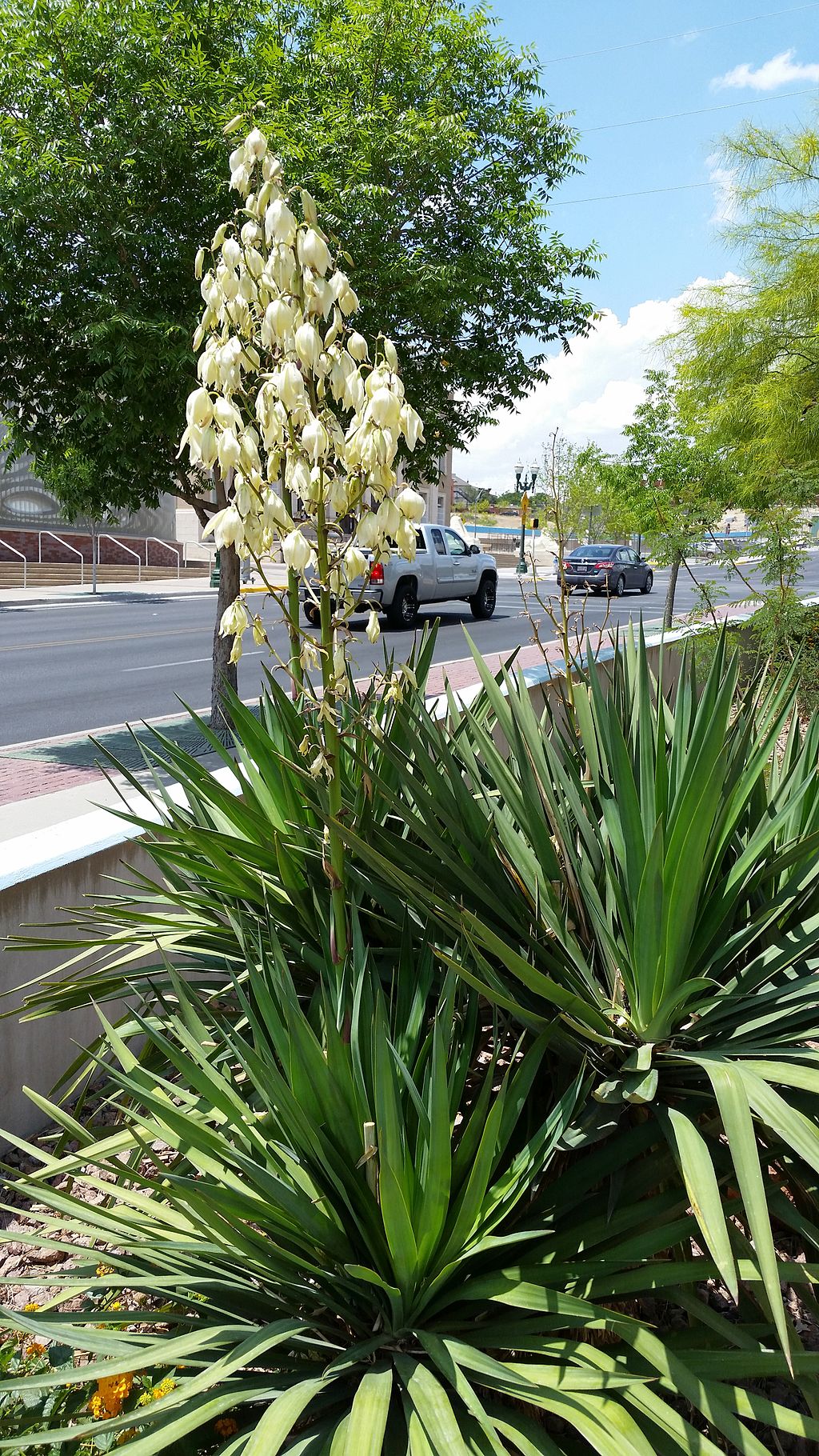
Pendula Yucca has been said to have a “softer look” than other Yucca plants and would make a good choice for a rock garden due to its low-maintenance nature.
At the end of the day, a successful rock garden boils down to making smart choices in plants. These examples of native plants for rock gardens show that there can be so much more interesting material in a rock garden than just cacti and succulents.
While cactus plants and succulents have their place, we know that homeowners love color. Rock gardens show that it’s definitely possible to have the best of both worlds: A low-maintenance rock garden that is still colorful and attractive.
The key to making sure you’ve chosen the best plants and they are installed thoroughly is working with the best landscaping services in North Texas.
At Grassperson, we do a lot of work with stone and rocks, including rock gardens. We also use large rock enhancements as focal points and use decorative stone in other attractive ways.
Despite what people tend to assume, landscaping with decorative stone can be more involved than people realize. Whether it’s leveling out the yard before bringing in smaller rocks or hauling in larger rocks, these types of enhancement projects can be a bit more grueling and time-consuming than people think.
On top of that, if you are incorporating native plants for rock gardens then you also want to make sure you’re selecting wise choices and installing them properly.
For that reason, these types of projects are typically best left to a professional. You’ll also get the most professional-looking results when you go that route.
If you are considering a rock garden in North Texas, we are here to help. We’d love to hear your ideas and also make suggestions for how we can help make your property look its best.
Ready to have a truly impressive Northern Texas yard? Get in touch with us so we can talk about some enhancements that might work best for your unique property.
Image Source: Red Yucca, Texas Sage, Lantana, Fountain Grass, Mulhy Grass, Yucca
These Stories on Landscape